Automotive Electronic Brake System Market Summary
As per Market Research Future analysis, the Automotive Electronic Brake System Market was estimated at 31.42 USD Billion in 2024. The Automotive Electronic Brake System industry is projected to grow from 33.3 USD Billion in 2025 to 59.53 USD Billion by 2035, exhibiting a compound annual growth rate (CAGR) of 5.98% during the forecast period 2025 - 2035
Key Market Trends & Highlights
The Automotive Electronic Brake System Market is poised for substantial growth driven by technological advancements and increasing safety regulations.
- North America remains the largest market for automotive electronic brake systems, driven by stringent safety standards and consumer demand.
- The Asia-Pacific region is currently the fastest-growing market, reflecting a rapid shift towards electric vehicles and advanced braking technologies.
- Antilock Braking Systems dominate the market, while Brake-by-Wire technology is emerging as the fastest-growing segment due to its integration with smart vehicle systems.
- Key market drivers include the rising consumer demand for advanced safety features and the ongoing technological advancements in automotive electronic brake systems.
Market Size & Forecast
| 2024 Market Size | 31.42 (USD Billion) |
| 2035 Market Size | 59.53 (USD Billion) |
| CAGR (2025 - 2035) | 5.98% |
Major Players
Bosch (DE), Continental (DE), Denso (JP), Aisin Seiki (JP), ZF Friedrichshafen (DE), Hitachi Astemo (JP), Mando (KR), Nissin Kogyo (JP), Wabco (BE)
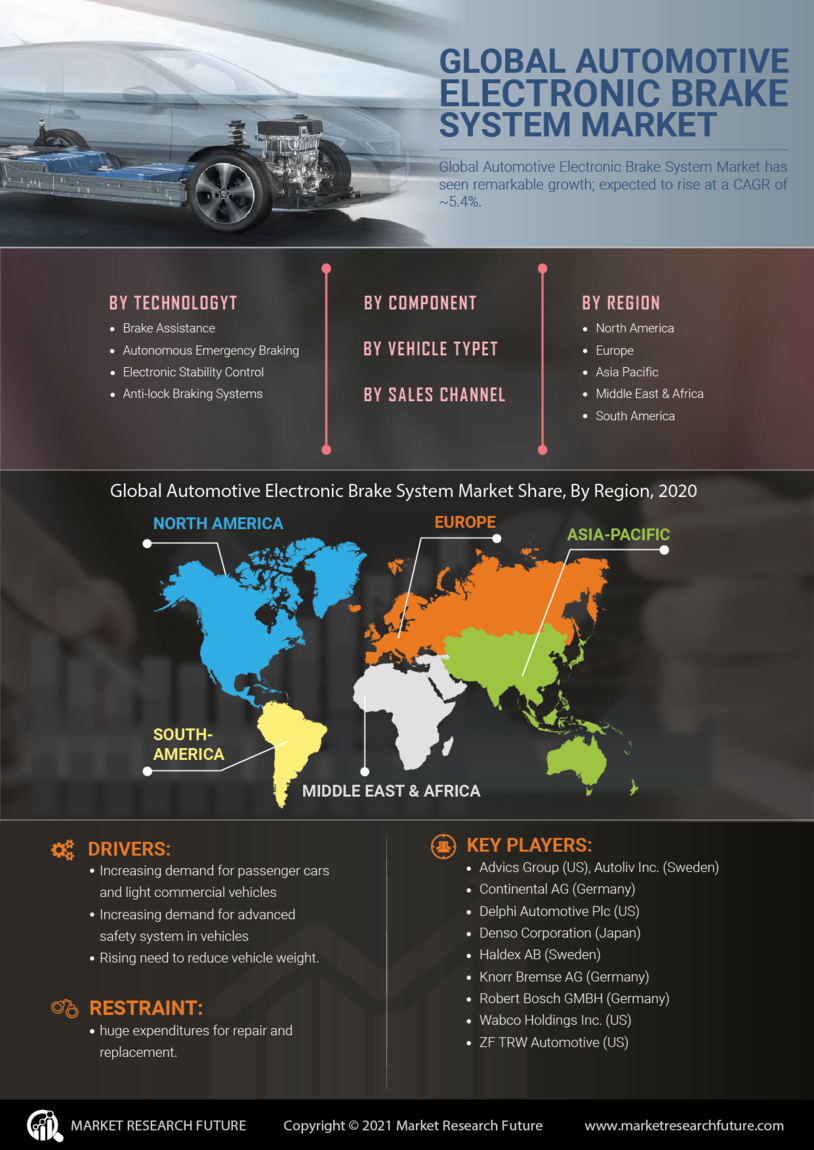

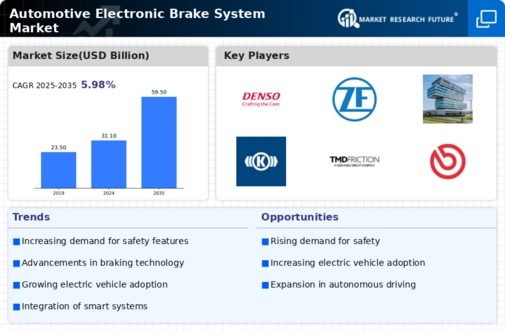
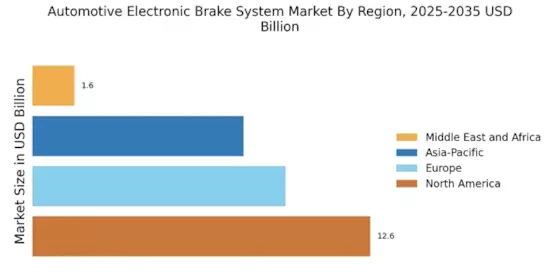
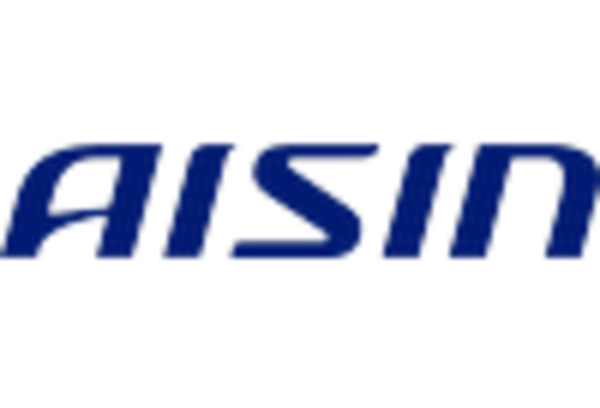
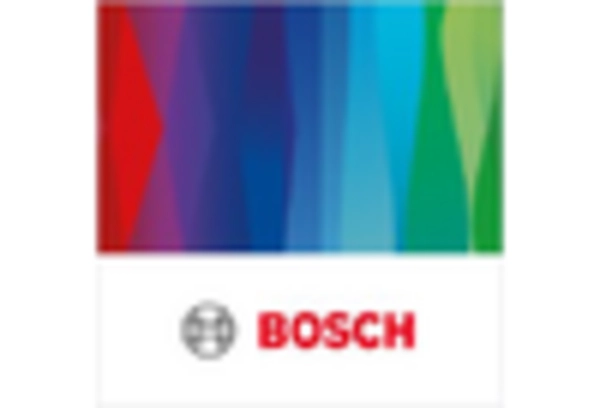

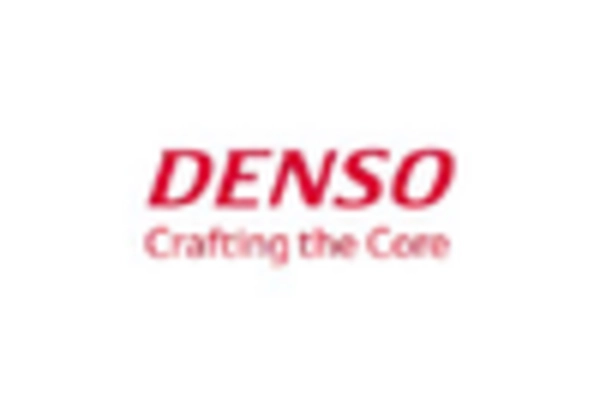










Leave a Comment